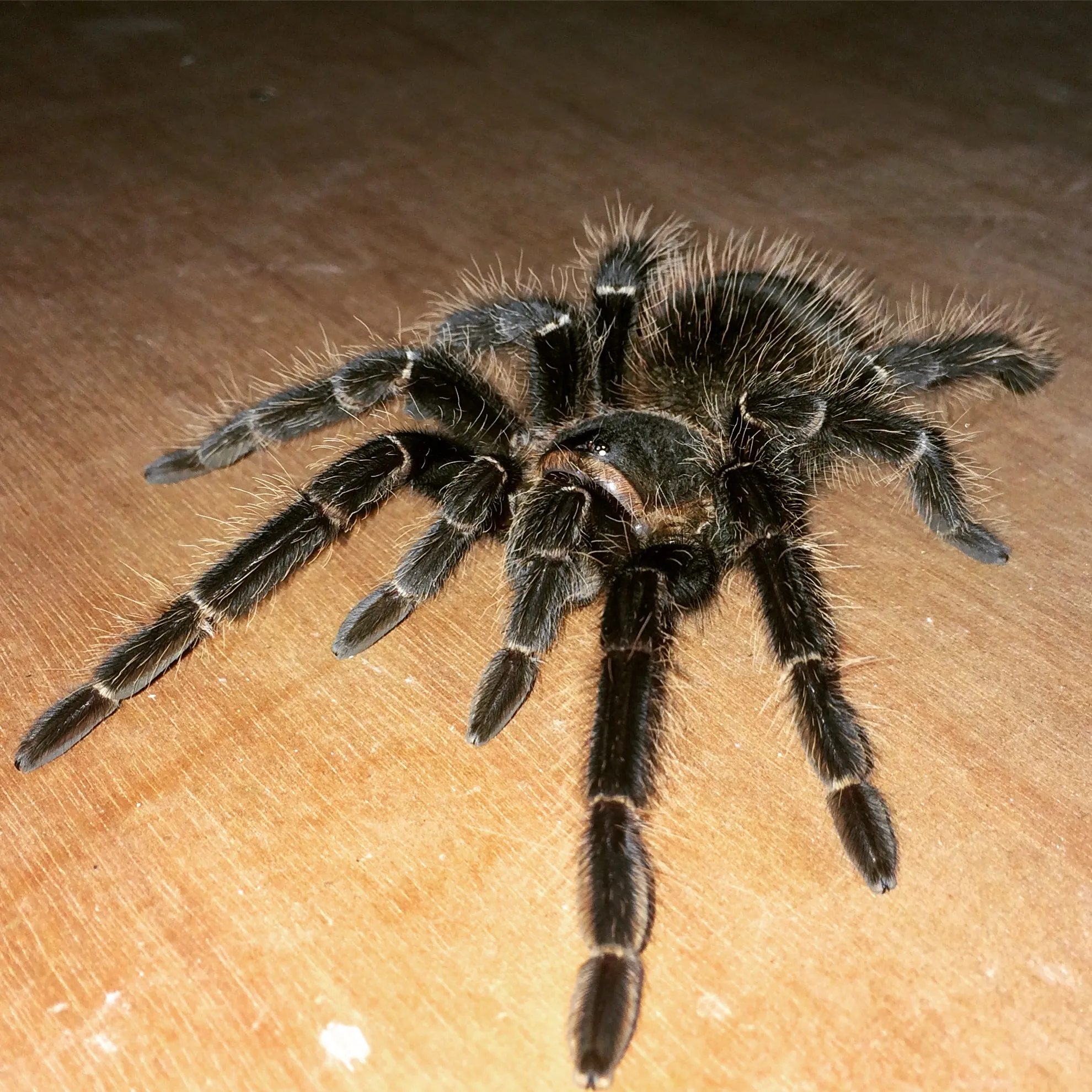Lasiodora Parahybana Overview
The Lasiodora parahybana, often called the Brazilian salmon pink tarantula, is a popular choice for tarantula enthusiasts due to its impressive size, relatively docile temperament, and striking appearance. Originating from the rainforests of Brazil, this species offers a fascinating glimpse into the world of arachnids. As one of the largest tarantula species, understanding its care requirements is essential to ensure a healthy and thriving pet. This comprehensive care sheet will guide you through every aspect of owning a Lasiodora parahybana, from habitat setup and feeding to handling and health considerations, helping you provide the best possible care for your captivating arachnid companion.
Understanding the Lasiodora Parahybana
Appearance and Characteristics
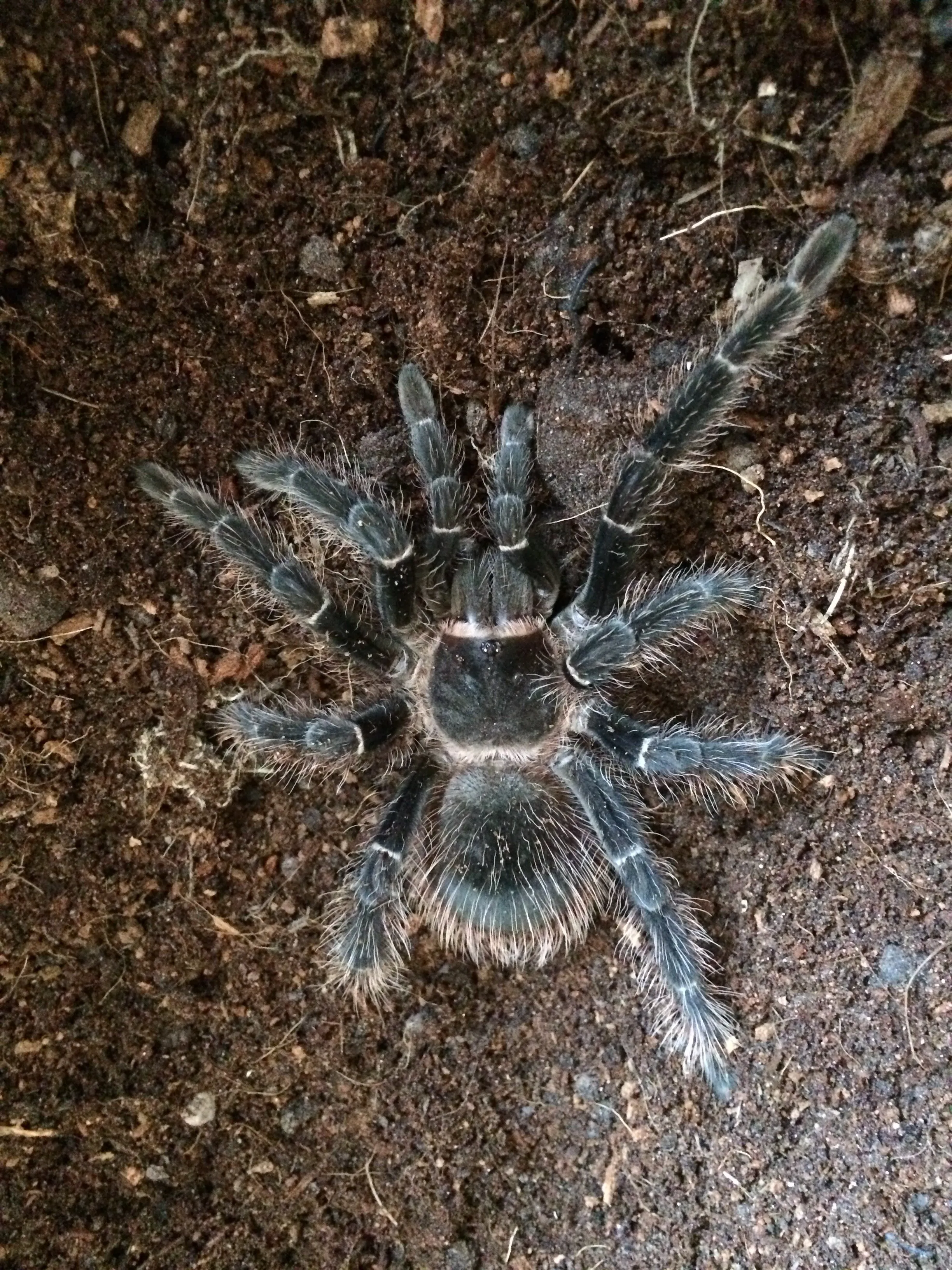
Lasiodora parahybana tarantulas are easily recognized by their large size and distinct coloration. Females can reach up to 10 inches in leg span, making them one of the largest tarantula species in the world, while males are generally smaller. The carapace, or the top part of the cephalothorax, is typically a dark brown color, while the legs and abdomen are covered in long, reddish-brown hairs, giving them the ‘salmon pink’ appearance that is characteristic of the species. Their robust build and impressive size make them a truly remarkable species to observe and admire.
Habitat and Natural Behavior
In their natural habitat, Lasiodora parahybana tarantulas are terrestrial spiders that live in burrows or under rocks and logs in the rainforests of Brazil. They are opportunistic predators, feeding on a variety of insects and small animals. They are known for their relatively docile temperament, though they can become defensive if provoked. Understanding their natural behavior is crucial to replicate their environment and provide them with a comfortable and enriching life in captivity. They are typically active during the night, preferring to stay hidden during the day.
Setting Up Your Lasiodora Parahybana Habitat
Choosing the Right Enclosure
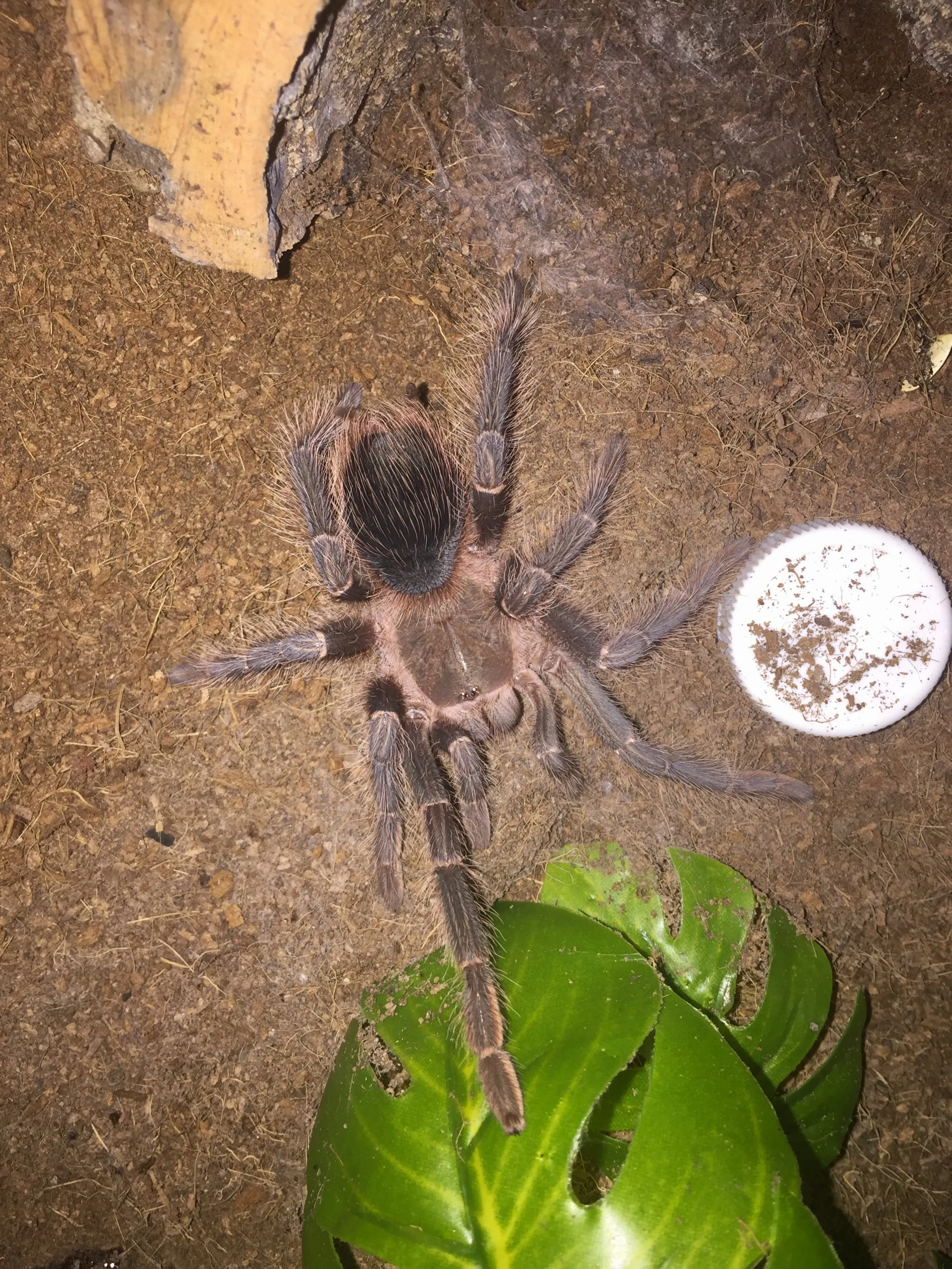
The enclosure should be large enough to accommodate the tarantula’s size, with ample space to move around. A good rule of thumb is to provide an enclosure that is at least three times the tarantula’s leg span in width and length. For adult females, a 20-gallon long or larger terrarium is recommended. The enclosure should be escape-proof, with a secure lid, as these tarantulas are strong and can push open loose lids. Good ventilation is also essential, but ensure that the ventilation does not compromise the humidity levels required for the species.
It’s crucial to consider the material of the enclosure; glass or acrylic terrariums are popular choices because they offer good visibility and are easy to clean. Make sure that the enclosure has proper ventilation to prevent the build-up of humidity and to allow for proper airflow. Ensure there are no sharp edges or potential hazards within the enclosure that could injure the tarantula. Regularly inspect the enclosure for any signs of damage or wear and tear to ensure your pet’s safety and well-being. The right enclosure is the first step to providing a comfortable and safe home for your Lasiodora parahybana.
Substrate and Decor Considerations
The substrate is the material that lines the bottom of the enclosure and provides a comfortable and functional environment for your tarantula. A deep layer of substrate is essential for burrowing behavior. A mixture of organic materials like peat moss, coconut fiber, and a small amount of vermiculite works well to maintain humidity and provide a suitable environment for burrowing. The substrate depth should be at least 4-6 inches for juveniles and up to 8-10 inches for adults. This depth allows the tarantula to create a burrow, which helps regulate temperature and humidity, and provides a sense of security.
Add decorations like cork bark, fake plants, or other hides to provide the tarantula with places to retreat and feel secure. Ensure that any decorations are non-toxic and won’t pose a hazard to your pet. Regularly check the substrate for mold or other signs of decay, and replace it as needed to maintain a healthy environment. These elements help create a stimulating and natural environment that enhances the tarantula’s overall well-being.
Temperature and Humidity Control
Lasiodora parahybana thrives in a temperature range of 75-85°F (24-29°C). Heating can be achieved using a heat mat placed on the side of the enclosure, or an overhead ceramic heat emitter. Avoid placing the heat source directly under the enclosure, as this can cause the substrate to dry out too quickly and may burn the tarantula. The ideal humidity level for this species is between 65-75%. This can be maintained by misting the enclosure lightly with water every few days, and ensuring that the substrate remains slightly moist but not waterlogged.
Use a hygrometer to monitor the humidity levels and make necessary adjustments. Good ventilation is crucial to prevent mold growth and maintain air quality. Regularly check the enclosure’s temperature and humidity levels to ensure they are within the optimal range, and make adjustments as necessary. Ensure that your setup provides a stable and appropriate environment for your tarantula by closely monitoring these crucial factors.
Feeding Your Lasiodora Parahybana
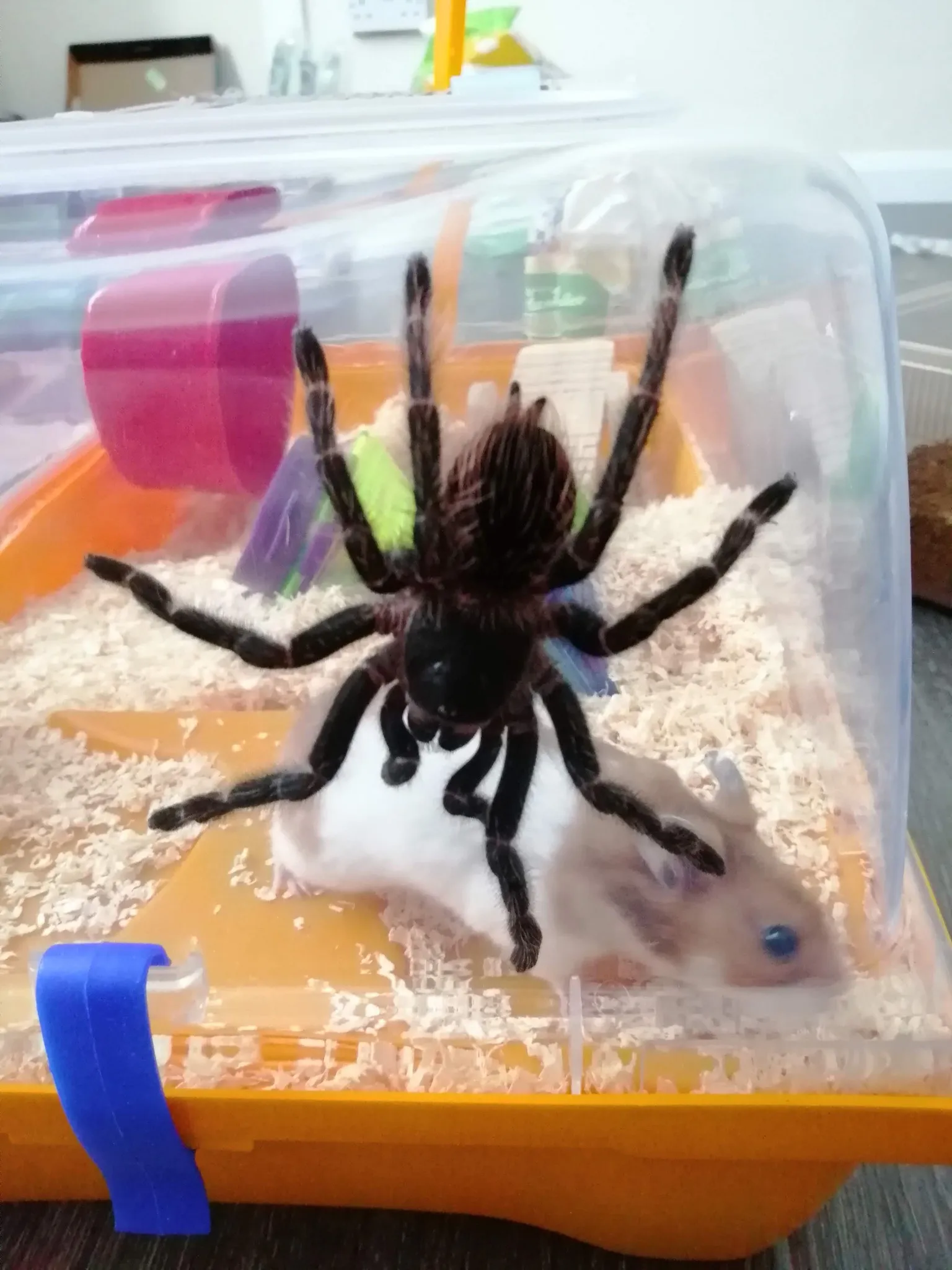
Diet and Feeding Frequency
Lasiodora parahybana are voracious eaters and will readily consume a variety of insects. A diet of crickets, cockroaches, mealworms, and other commercially available insects is suitable. Feed juveniles 1-2 times per week, while adults can be fed every 1-2 weeks, depending on their appetite and the size of their meals. The size of the prey should be appropriate for the tarantula’s size; avoid feeding prey that is larger than the tarantula’s body. Remove uneaten prey within 24 hours to prevent stress and potential harm to the tarantula.
Overfeeding should be avoided as it can lead to obesity, which can be detrimental to the tarantula’s health. Observe your tarantula’s behavior; if it refuses food, it may be nearing a molt. Always provide fresh, clean water. Remember to adjust the feeding schedule based on the growth stage and activity level of your tarantula, as well as any changes in the environmental conditions.
Watering and Hydration
Fresh water is essential for the tarantula’s hydration. Provide a shallow water dish, such as a bottle cap or a small dish designed for reptiles, filled with clean water at all times. Regularly check the water dish and refill it as needed to ensure the tarantula has a constant source of hydration. You can also mist the enclosure lightly with water every few days, especially during molting, to increase humidity. Be careful not to over-saturate the substrate, as this can lead to mold growth and other issues.
Handling and Safety Precautions
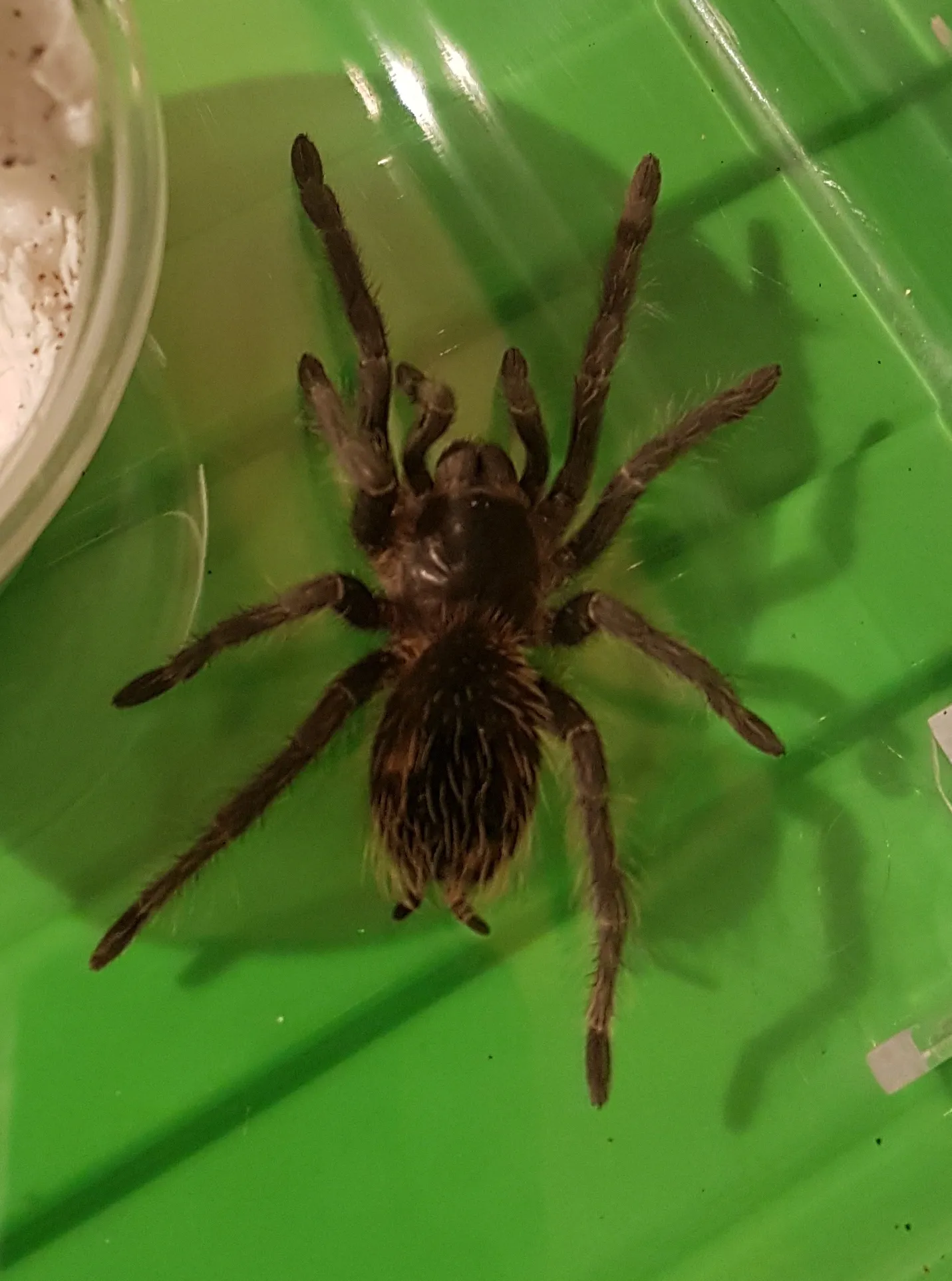
Do’s and Don’ts of Handling
While Lasiodora parahybana are relatively docile, handling them should be kept to a minimum, and only undertaken if absolutely necessary. Their size and potential for defensive behaviors make them less suitable for frequent handling. If you must handle your tarantula, do so in a controlled environment, such as a bed or a large tub, to prevent escapes. Always be gentle and avoid sudden movements that could startle the tarantula. If the tarantula displays any signs of aggression, such as raising its front legs or flicking hairs, it is best to leave it alone.
Never try to force the tarantula to move or handle it when it is near a molt. Make sure to wash your hands thoroughly before and after handling your tarantula to prevent the transfer of any substances. Remember that even a calm tarantula can bite if it feels threatened or startled. Respect your tarantula’s space and boundaries, and always prioritize its safety and well-being.
Recognizing and Avoiding Bites
Tarantula bites are rare but can happen, especially if the tarantula feels threatened or is startled. While the venom of the Lasiodora parahybana is not considered life-threatening to humans, the bite can still be painful and cause localized pain, swelling, and itching. Avoid handling your tarantula unless necessary, and never put your hands in the enclosure if the tarantula is displaying defensive behaviors. Always be mindful of your surroundings and avoid sudden movements when interacting with your pet. If you are bitten, wash the area thoroughly with soap and water and seek medical attention if symptoms worsen.
Common Health Issues and Care

Molting Process and What to Expect
Molting is a natural process where tarantulas shed their exoskeleton to grow. During this time, the tarantula will typically stop eating and may appear sluggish. Provide a safe and secure environment, and do not disturb the tarantula during the molt. The tarantula will lie on its back and shed its old exoskeleton. It is important to maintain the correct humidity levels during the molting process. After molting, the tarantula’s new exoskeleton will be soft; avoid handling the tarantula until its exoskeleton has hardened. Once it has hardened, it can be fed again after a week or so.
The molting frequency decreases as the tarantula ages. It is a vulnerable time for the tarantula, so keep disturbances to a minimum. If a molt appears to be unsuccessful, it is best to consult with a veterinarian or experienced tarantula keeper. Keep a close eye on your pet during the molt, and don’t try to intervene unless you have experience.
Identifying and Addressing Health Problems
Like all pets, Lasiodora parahybana can be susceptible to certain health problems. Common issues include parasites, mites, and infections. Regularly inspect your tarantula for any signs of illness, such as lethargy, loss of appetite, or unusual behavior. Other issues include fungal infections due to excessive humidity or poor ventilation. A healthy tarantula has a shiny exoskeleton, and is active and alert.
If you notice any issues, consult a veterinarian experienced in exotic animals or an experienced tarantula keeper. Always quarantine any new tarantulas before introducing them to your existing collection. Be prepared to isolate any sick tarantulas to prevent the spread of any potential illnesses. Early detection and treatment are crucial to ensuring your tarantula’s well-being.
Lasiodora Parahybana: Lifespan and Growth

Understanding the Growth Stages
Lasiodora parahybana, like all tarantulas, grow through molting. They will shed their exoskeleton to grow larger. The frequency of molting depends on the age and the environment. Juveniles will molt more frequently than adults. The growth rate is influenced by factors like feeding and environmental conditions. It can take several years for the tarantula to reach its full size.
Factors Affecting Lifespan
The lifespan of a Lasiodora parahybana varies depending on the sex. Females can live for 15-20 years or longer, while males typically live for 3-5 years after reaching maturity. Environmental factors, such as proper care, diet, temperature, and humidity, have a significant impact on their lifespan. A healthy and well-maintained environment is essential for a long and healthy life. Provide a stress-free environment, and avoid unnecessary disturbances. Regular monitoring and attention to the tarantula’s needs will greatly contribute to their longevity.
By following this comprehensive care sheet, you’ll be well-equipped to provide the best possible environment for your Lasiodora parahybana, ensuring a long, healthy, and fulfilling life for your fascinating pet.
